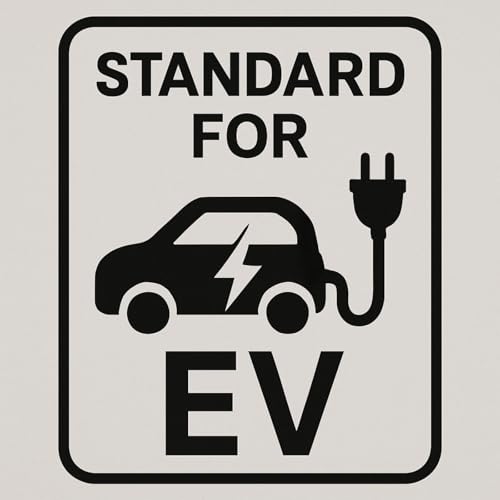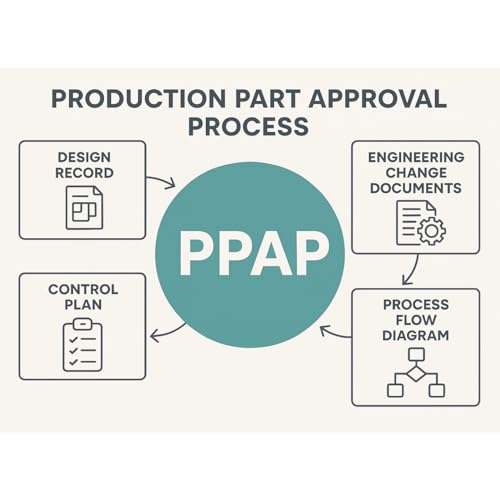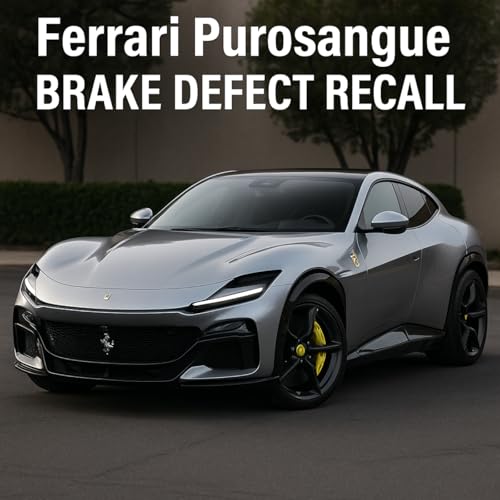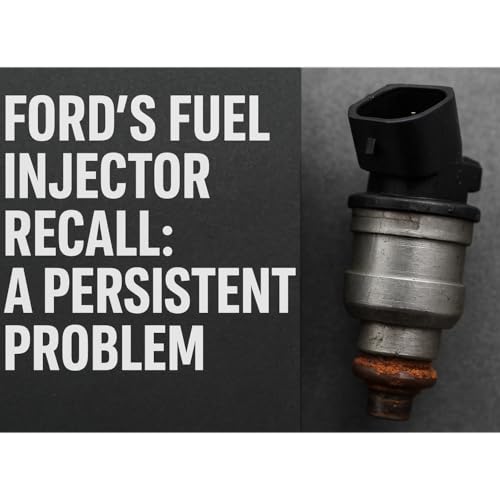Optimizing Gearbox Mechanisms Through Tolerance Interval Analysis
This briefing reviews an article titled "Analisi degli intervalli di tolleranza a prova di cambio" by Joel Ortis and Juan Lopezdealda, published on June 25, 2025. The article focuses on the critical role of accurate tolerance interval analysis in optimizing high-performance sports car gearbox mechanisms, leading to improved vehicle responsiveness and reduced production costs.
Key Themes and Most Important Ideas:
1. The Criticality of Gearbox Mechanisms and Tolerance Analysis:
Impact on Vehicle Performance: Gearbox mechanisms are fundamental to a vehicle's overall performance, directly influencing "speed, acceleration, and fuel efficiency."
Quality and Effectiveness: The "quality and effectiveness of gear shifting" are determined by these mechanisms.
Optimizing Through Specialized Tools: Utilizing "specialized tools for testing different tolerance intervals can contribute to improving vehicle responsiveness and reducing overall production costs."
2. Understanding the Influence of Design Variables on Assembly Performance:
Accuracy is Crucial: While individual component tolerances are defined by design specifications, their "accuracy becomes crucial" when assembled into a specific drive mechanism.
Unexpected Movement: Components can exhibit "relative movements along the kinematic chain, generating unexpected displacements, both higher and lower than expected."
Manufacturing Variability: The "precision of movement" depends on the "accuracy with which individual components have been manufactured, including the natural variability inherent in the manufacturing process."
Adjusting for Optimal Function: It is essential to understand "the influence of each design variable" to "adjust it for the correct functioning of the system."
Cost Reduction Through Analytical Strategy: This analytical approach allows for rapid identification of potential failures and modification of tolerance intervals, leading to "optimized mechanism responsiveness, allowing changes to reduce overall production costs."
3. Optimizing Component Interaction in Gear Control Systems:
Virtual Prototyping for Sensitivity Analysis: Engineers utilized "a virtual prototype to analyze the sensitivity of tolerance intervals on a series of components," specifically a "chain of kinematic pairs within a movement mechanism designed to integrate into a gear control system."
Key Performance Indicators: "Fluidity and precision of control movement, along with rapid shifting," are key elements for improving the "quality and performance of high-performance sports cars."
Understanding Malfunctions (Partial and Total Lock):The article illustrates a scenario where a "yellow guide" component directs a "blue" component for gear speed positioning.
Partial Lock: Occurs if the blue component pushes beyond the guide's tip, allowing the driver to continue movement towards the desired gear (e.g., seventh to sixth).
Total Lock: The "worst possible scenario," where the driver cannot shift the gear lever at all.
Solution for Proper Shifting: A "slight backward movement" is required to prevent the yellow component from interfering with the blue, ensuring proper function.
4. Advanced Analysis Mechanisms: Adams and ODYSSEE CAE:
 2025/08/0652 分
2025/08/0652 分 2025/08/0627 分
2025/08/0627 分 2025/08/0132 分
2025/08/0132 分 2025/07/2920 分
2025/07/2920 分 17 分
17 分 2025/07/2920 分
2025/07/2920 分 9 分
9 分 2025/07/177 分
2025/07/177 分

